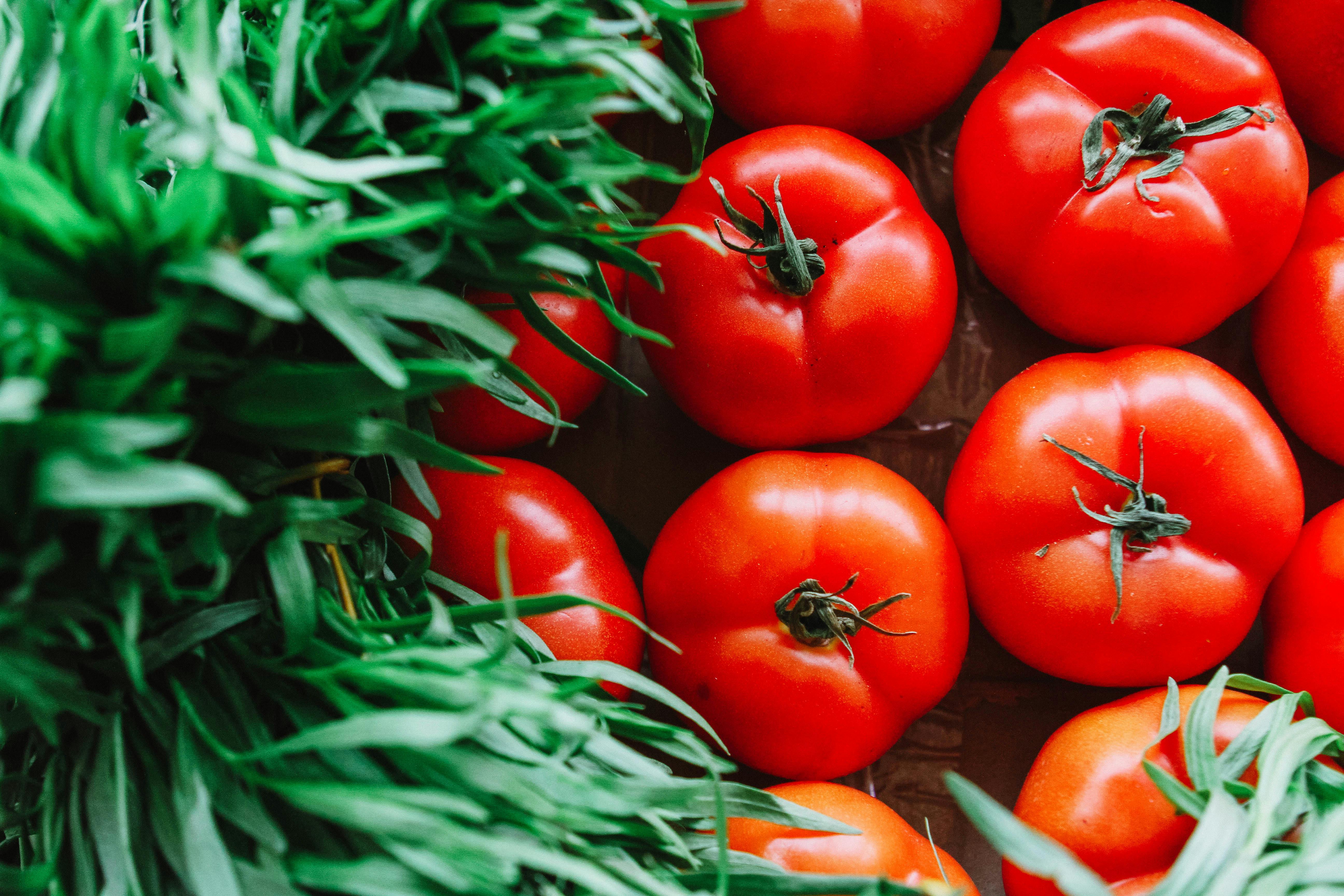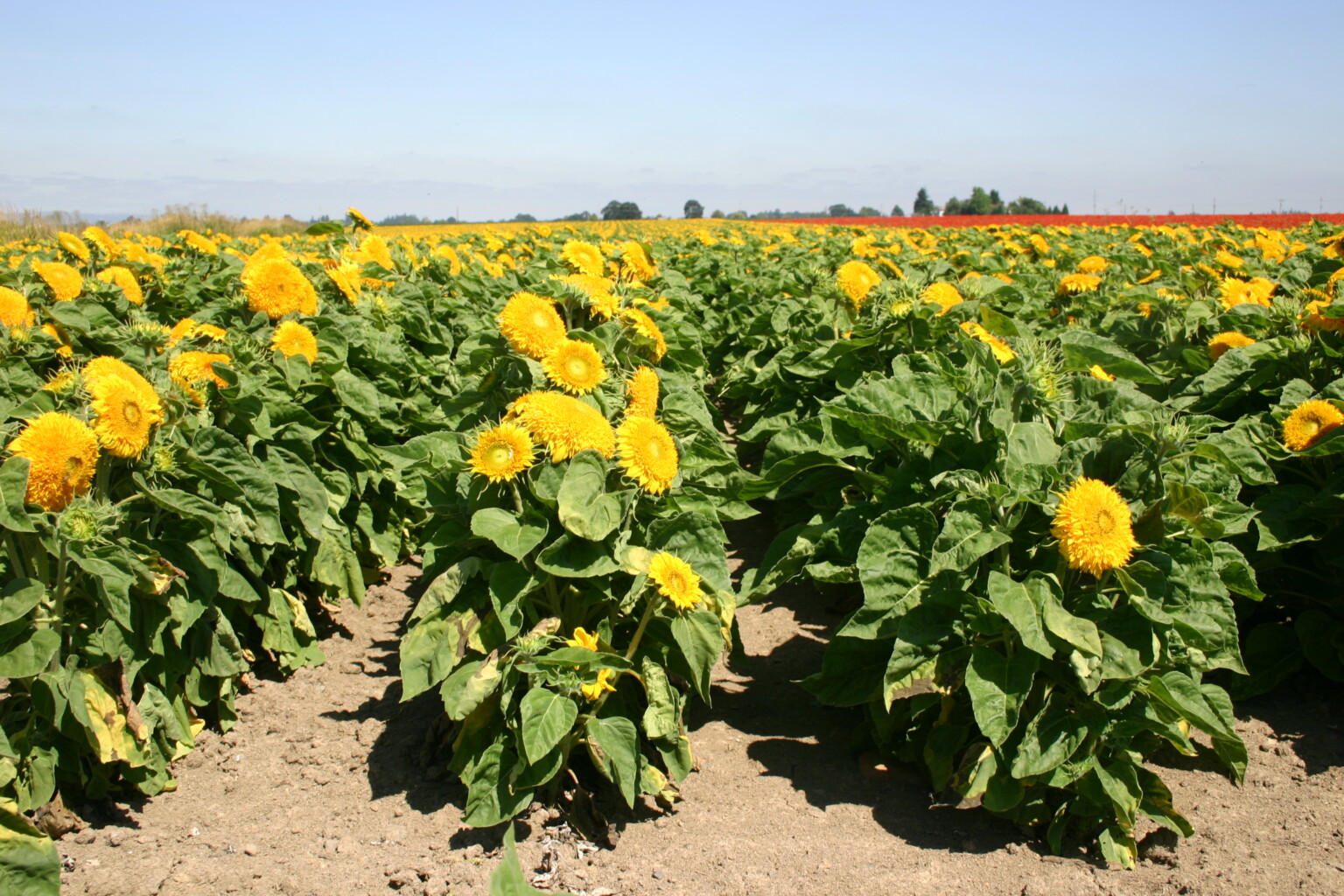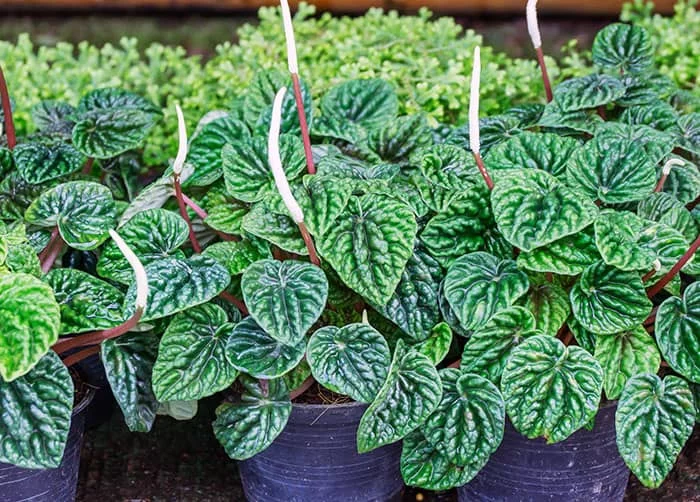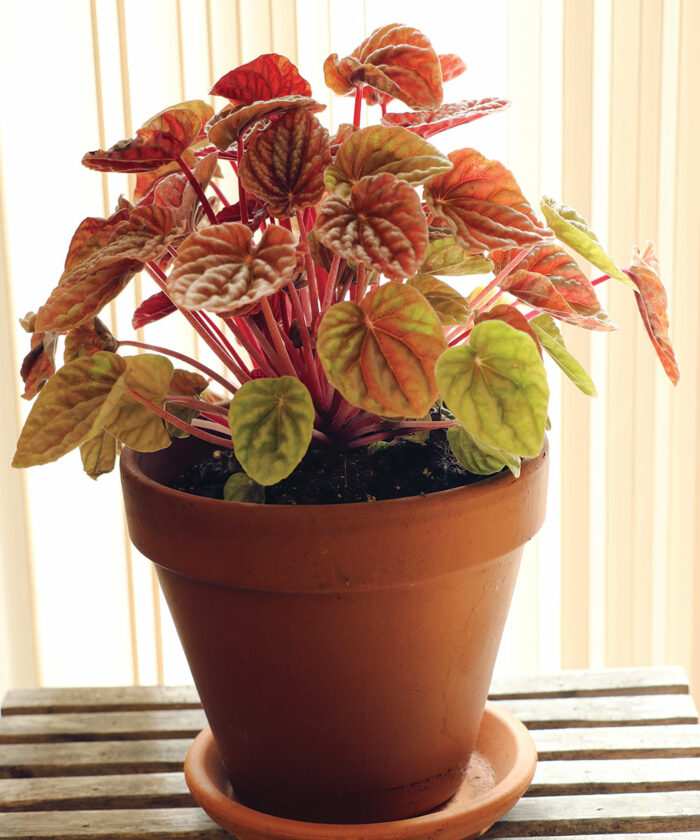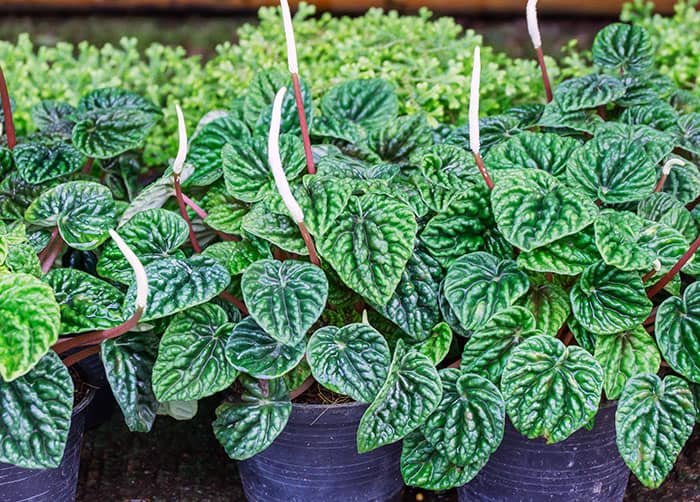How to Grow Curry Leaves Plant from Stem, Curry leaves, revered for their aromatic essence and culinary significance, hail from the Murraya koenigii plant. Native to South Asia, these glossy, dark green leaves add a distinct flavor to dishes, enhancing the taste with a hint of citrus and spice. Rich in antioxidants and essential nutrients, curry leaves not only contribute to flavorful cuisines but also boast potential health benefits. Beyond the kitchen, their versatility extends to traditional medicine, where they are celebrated for their medicinal properties. Whether in a curry or infused oil, curry leaves impart a unique and indispensable touch to various culinary delights.

Curry leaves, with their distinctive aroma and culinary significance, are a prized addition to any kitchen garden. While purchasing a curry leaves plant is a common option, propagating one from stem cuttings provides a rewarding journey into the heart of horticulture. In this comprehensive guide, we’ll explore the step-by-step process of growing a flourishing curry leaves plant from stem cuttings, from selecting the right cuttings to nurturing a bountiful harvest.
Selecting Healthy Stem Cuttings:
The foundation of successful propagation lies in choosing the right stem cuttings. Opt for mature, disease-free stems with at least three sets of healthy leaves. Ensure each cutting is around 6 to 8 inches in length, allowing for optimal rooting and subsequent growth.
Preparing the Planting Medium:
Curry leaves thrive in well-draining soil. Create a potting mix by combining equal parts of potting soil and perlite or sand to enhance drainage. Consider adding organic matter like compost to enrich the soil with essential nutrients.
How to Grow Curry Leaves Plant from Stem, Taking the Cuttings:
How to Grow Curry Leaves Plant from Stem, Carefully cut a healthy stem from the parent curry leaves plant using sharp, clean scissors or pruning shears. Remove any excess leaves, leaving only a few at the top. This minimizes moisture loss and encourages energy focus on root development.
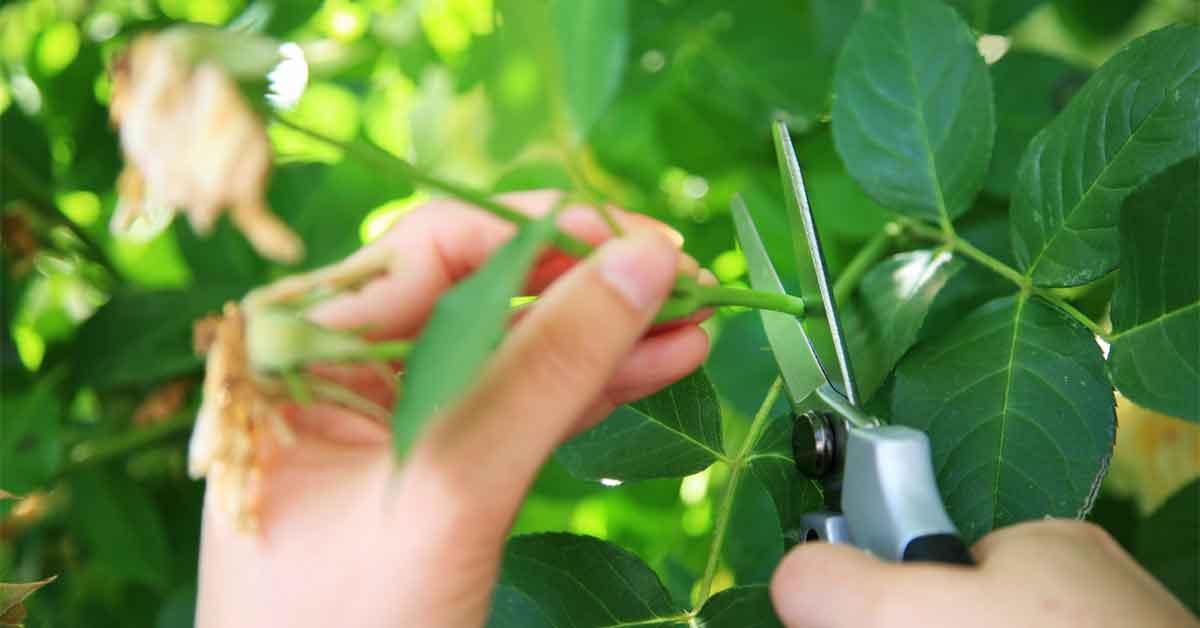
Rooting Hormone Application:
To boost the chances of successful rooting, consider using a rooting hormone. Dip the cut end of each stem in the hormone powder before planting. This encourages quicker root development and enhances overall plant resilience.
Planting the Stem Cuttings:
How to Grow Curry Leaves Plant from Stem, Create small holes in the prepared planting medium using a stick or your finger. Insert the dipped end of each cutting into the hole, ensuring it is secure and upright. Space the cuttings adequately to allow for proper air circulation.
Providing Optimal Conditions:
Place the pot in a location with bright, indirect sunlight. Ensure consistent moisture levels in the soil, avoiding waterlogging. Maintain a warm environment, as curry leaves prefer temperatures between 65°F to 75°F (18°C to 24°C) for optimal growth.

Nurturing the Rooting Process:
How to Grow Curry Leaves Plant from Stem, Patience is key during the initial rooting phase. Regularly check the moisture level in the soil and mist the cuttings with water to maintain humidity. After a few weeks, gentle tugs on the cuttings can indicate if roots have developed.
Transferring to Larger Containers:
Once the cuttings have established strong roots (usually after 6-8 weeks), carefully transplant them into larger containers or directly into the garden. Ensure the soil remains well-draining, and provide support for the young plants if needed.
:max_bytes(150000):strip_icc()/how-to-grow-and-care-for-curry-trees-5075352-hero-df22e1f30cb745bf820a26de04d1af5d.jpg)
Caring for Mature Curry Leaves Plants:
As your curry leaves plant matures, maintain a consistent watering schedule, allowing the soil to dry out slightly between waterings. Fertilize with a balanced, water-soluble fertilizer during the growing season to support healthy foliage and abundant harvests.
Harvesting Curry Leaves:
Harvest leaves regularly once the plant is well-established. Prune the stems carefully, allowing new growth to emerge. Freshly harvested curry leaves can be used immediately or dried for future culinary endeavors.
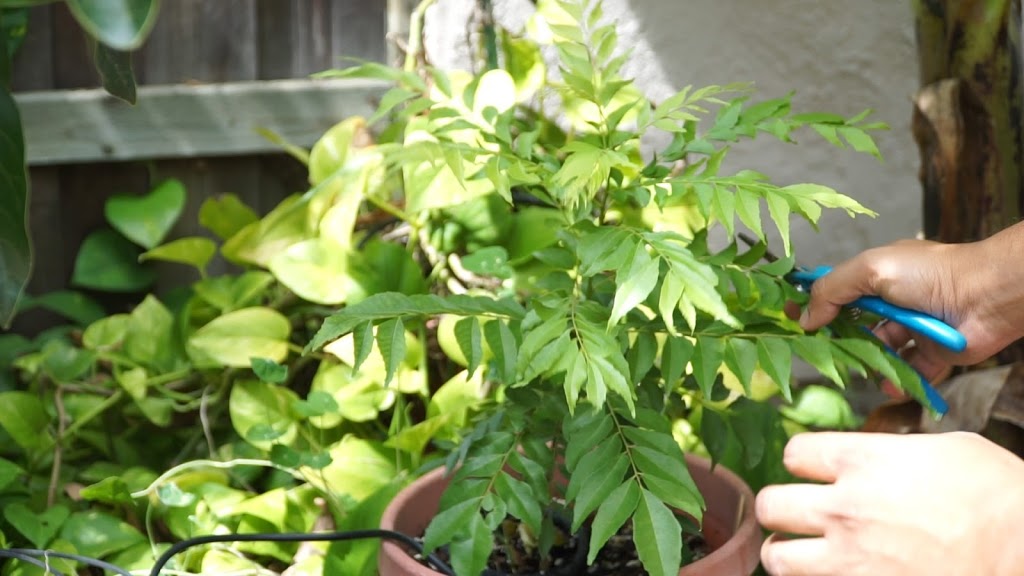
A Bounty of Aromatic Success:
Growing a curry leaves plant from stem cuttings is a fulfilling journey that rewards not only with a fragrant addition to your garden but also with the joy of nurturing life from a single cutting. With careful attention to each step, you can cultivate a thriving curry leaves plant, ready to infuse your culinary creations with a touch of aromatic bliss.


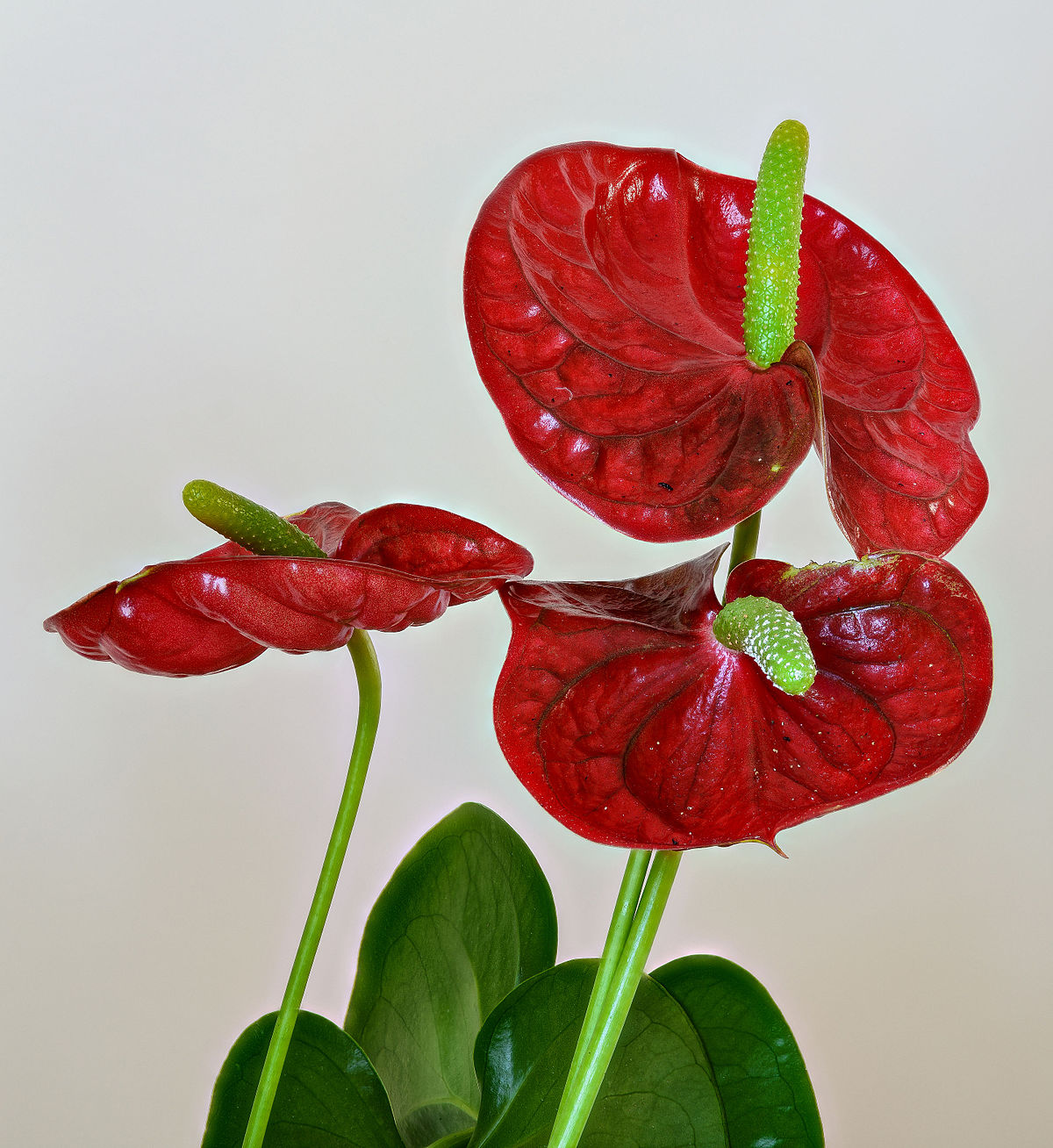

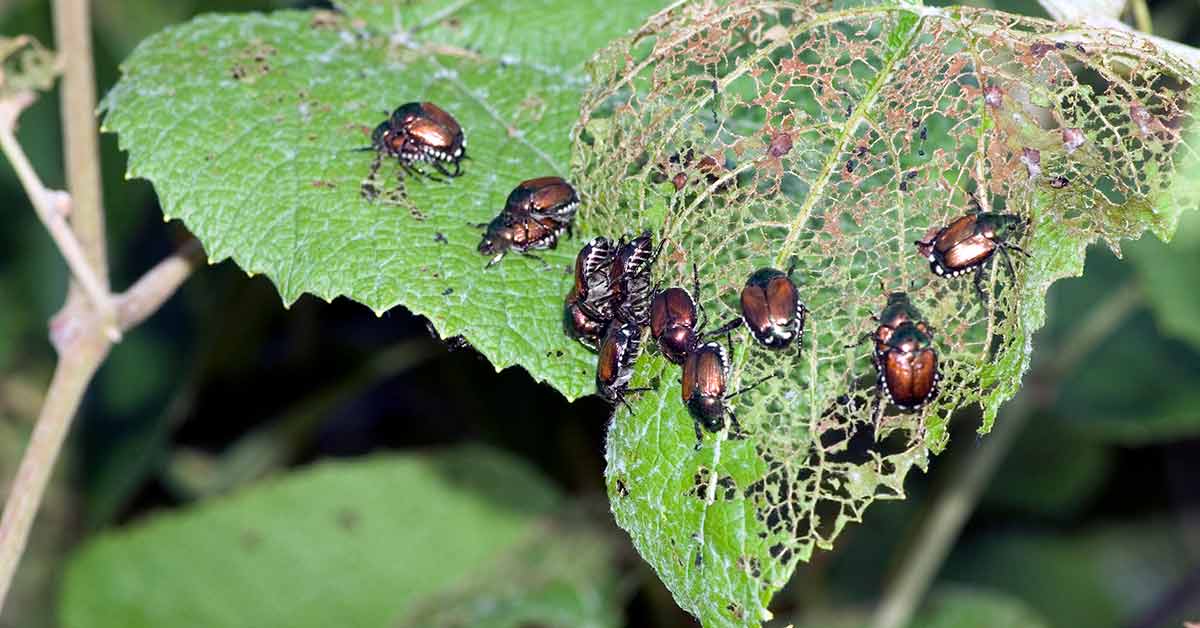


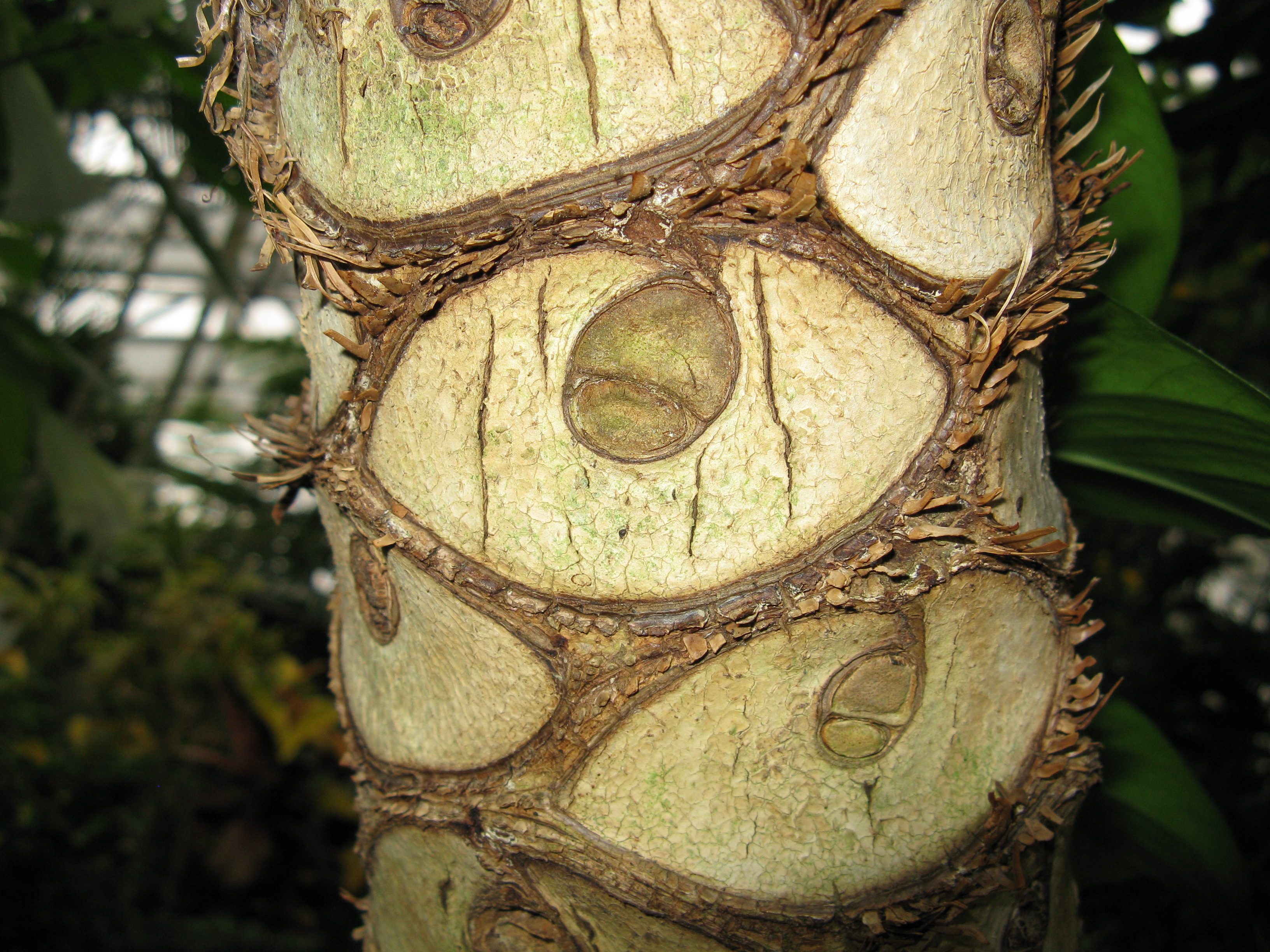





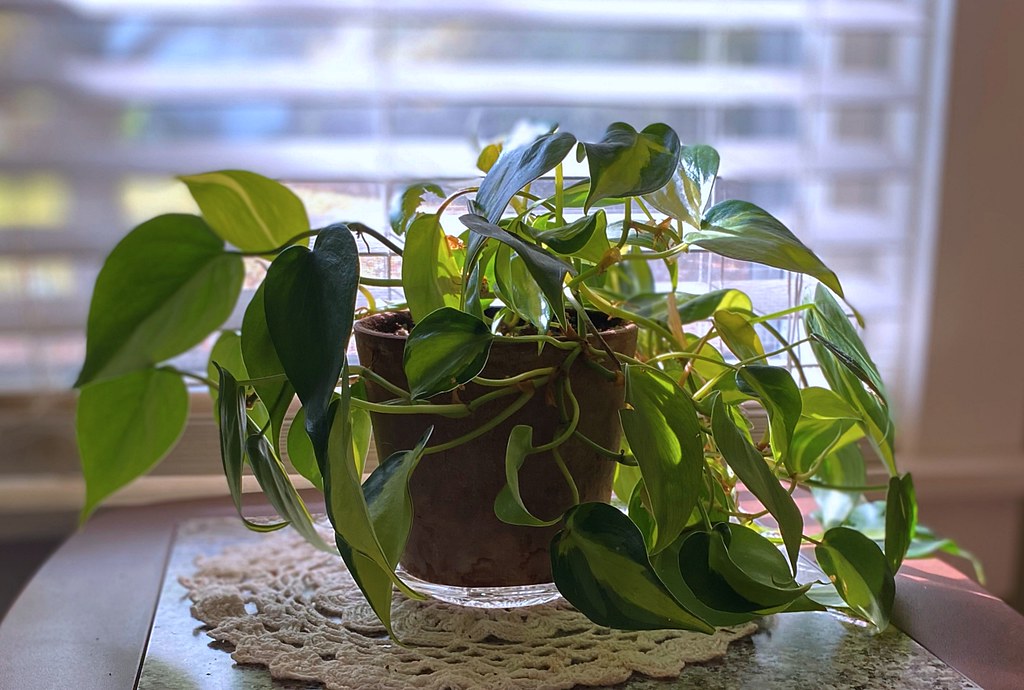



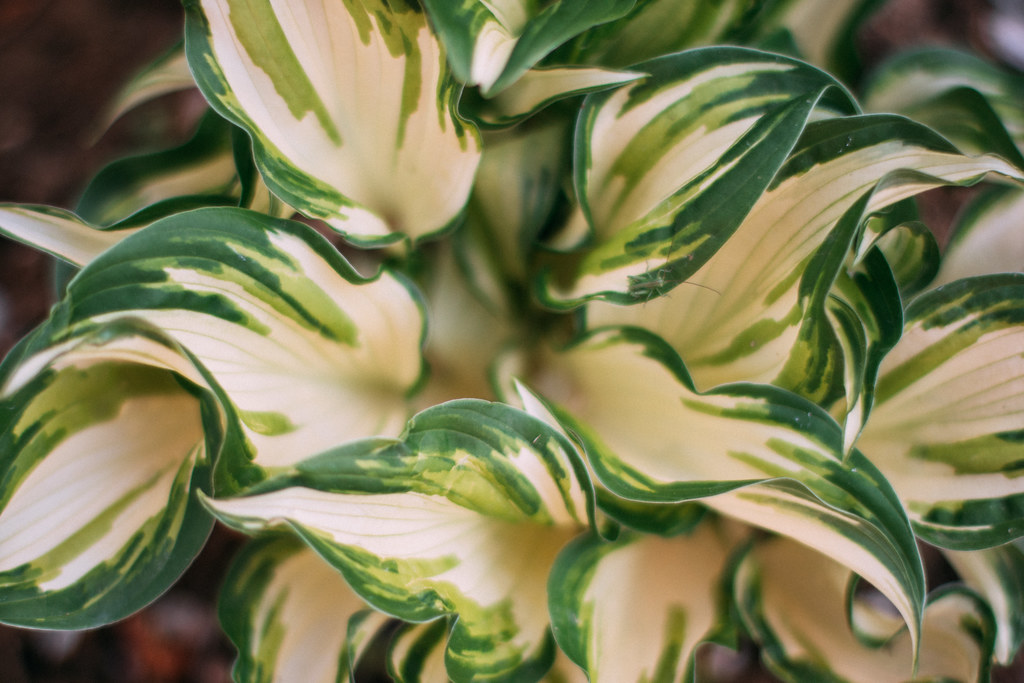
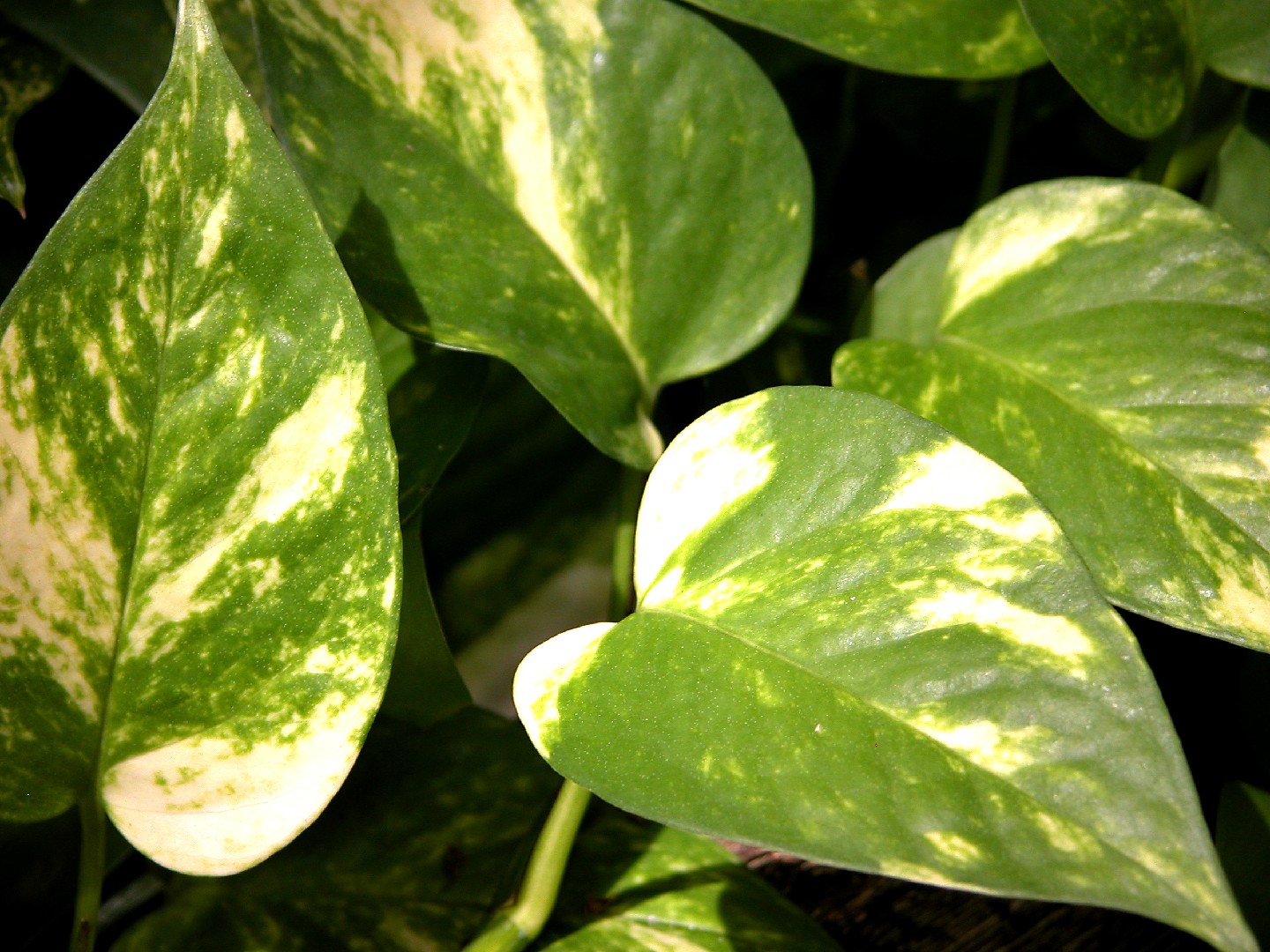
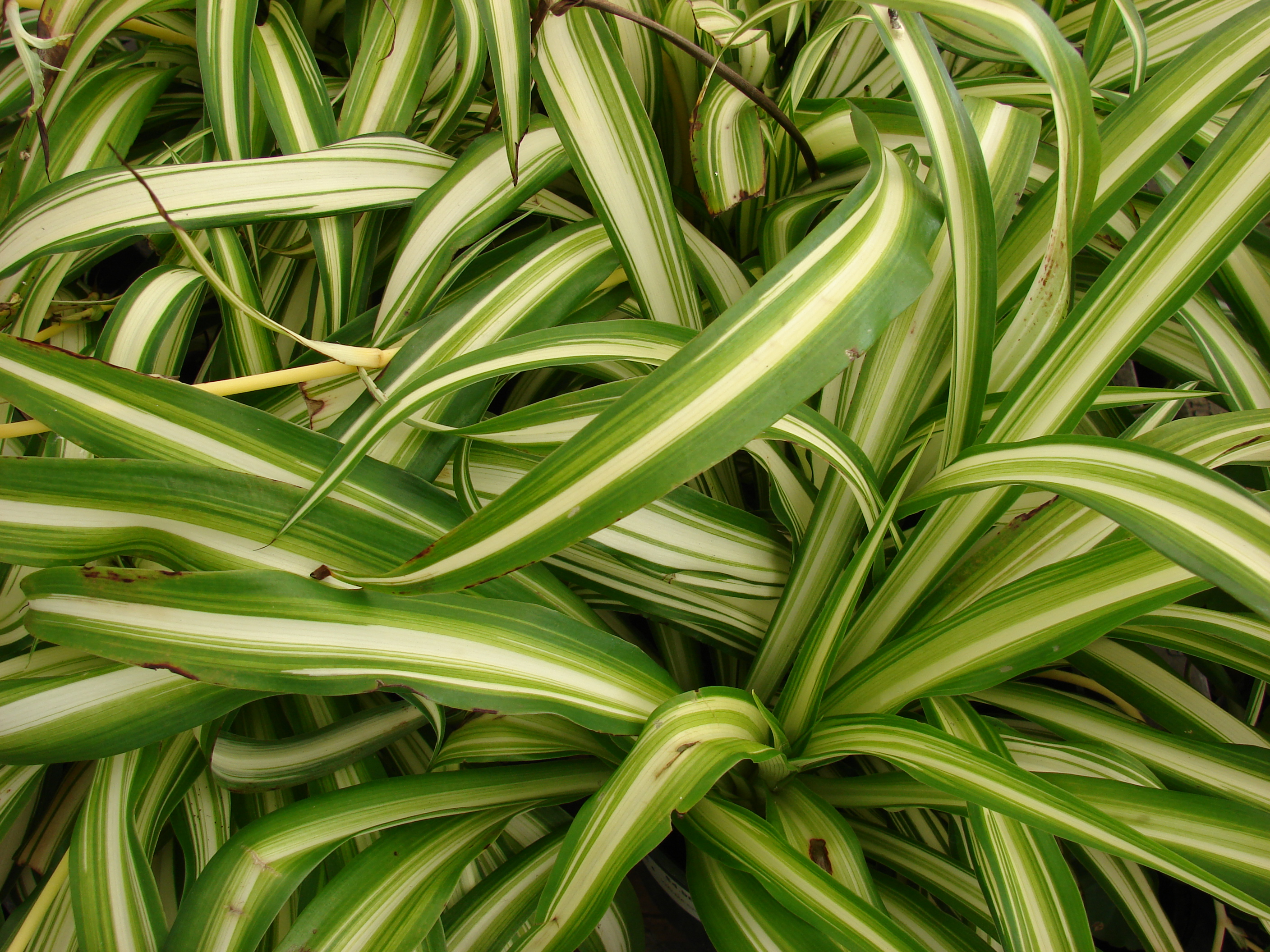
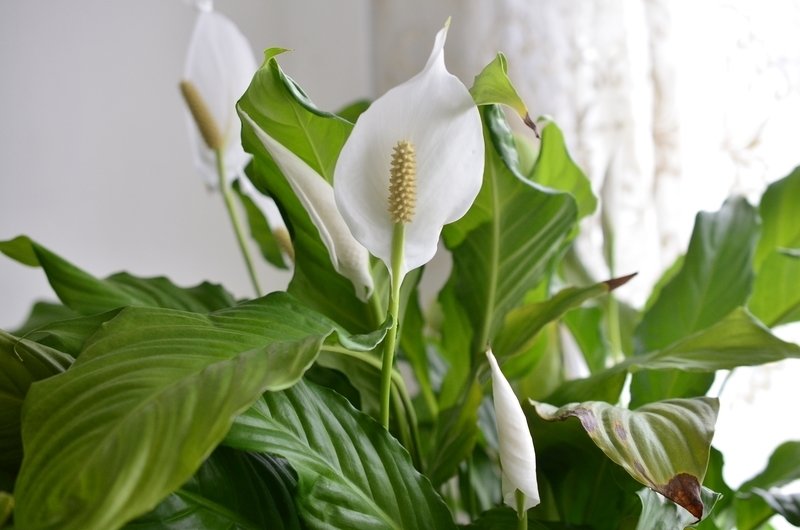


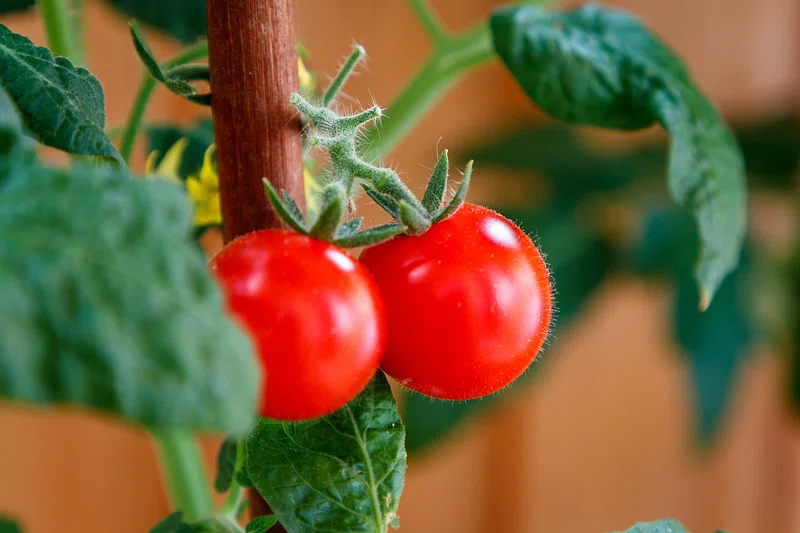
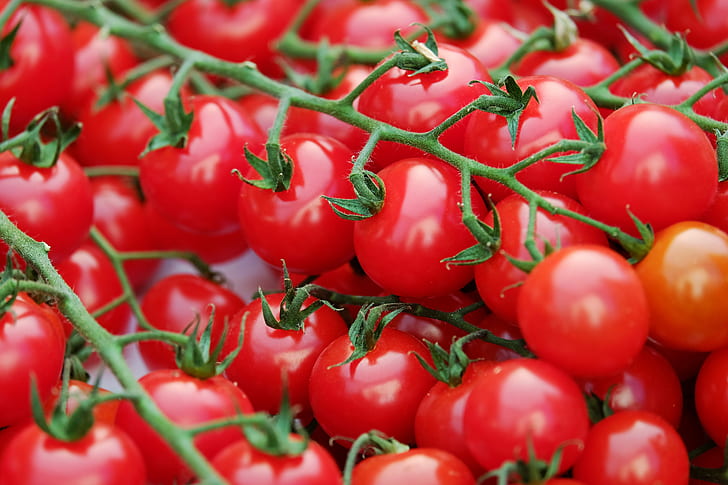
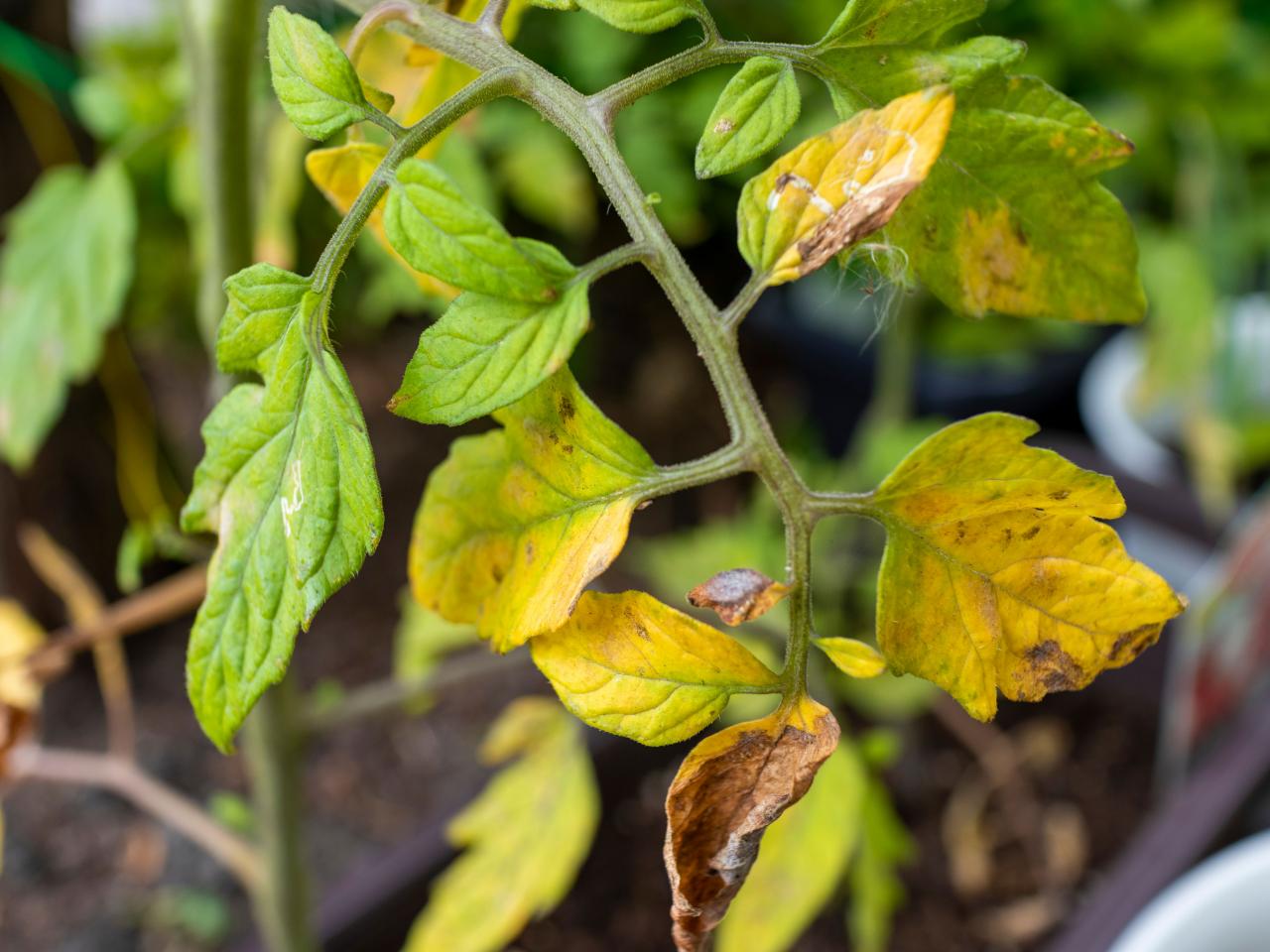
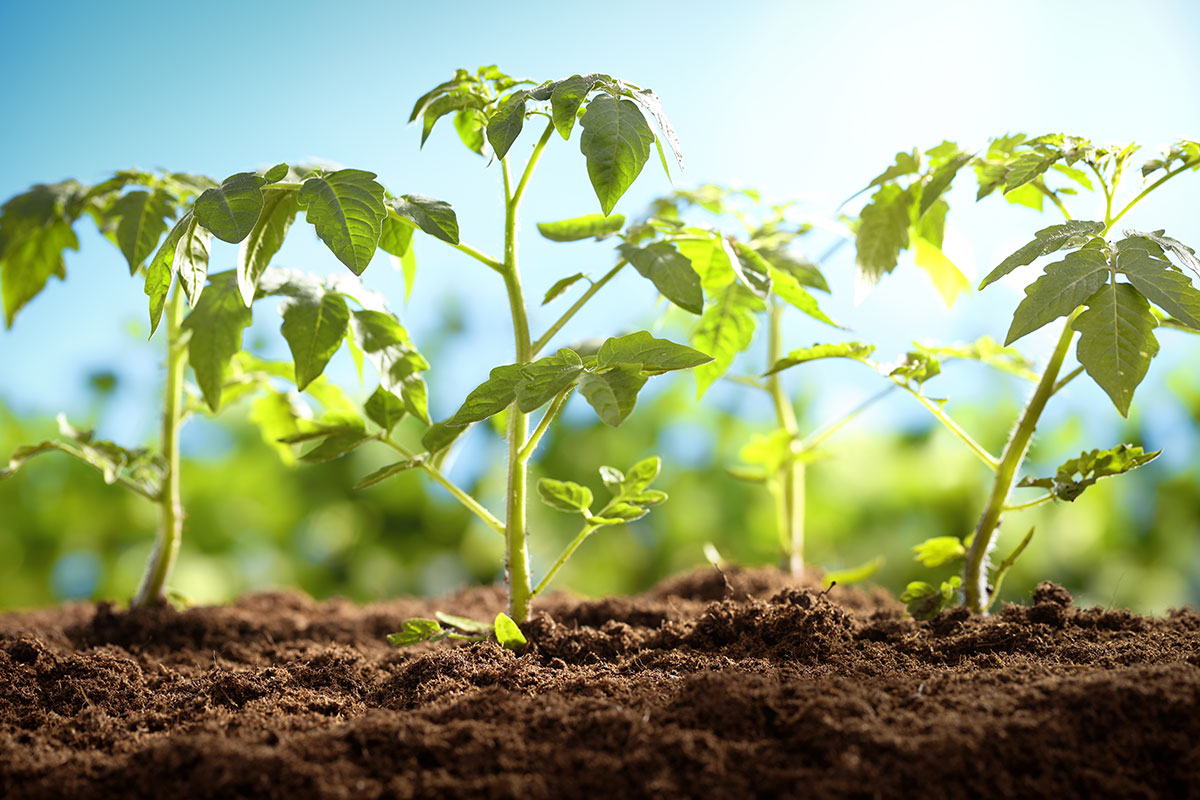

![How To Replenish Soil After Tomatoes [Inc. Amending Soil Or What To Plant]](https://gardentabs.com/wp-content/uploads/2022/09/hand-of-person-holding-abundance-soil-for-agriculture.jpg)

